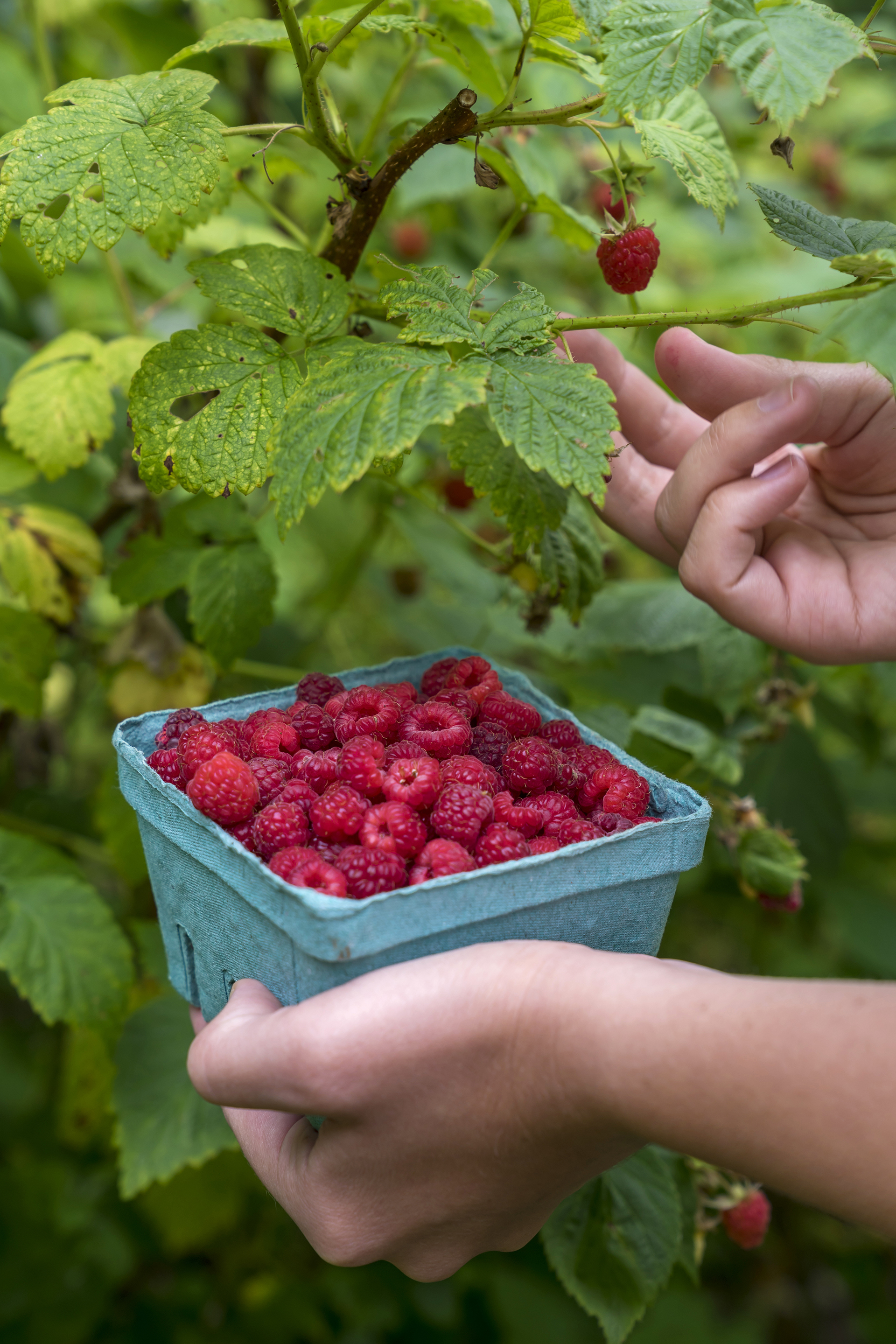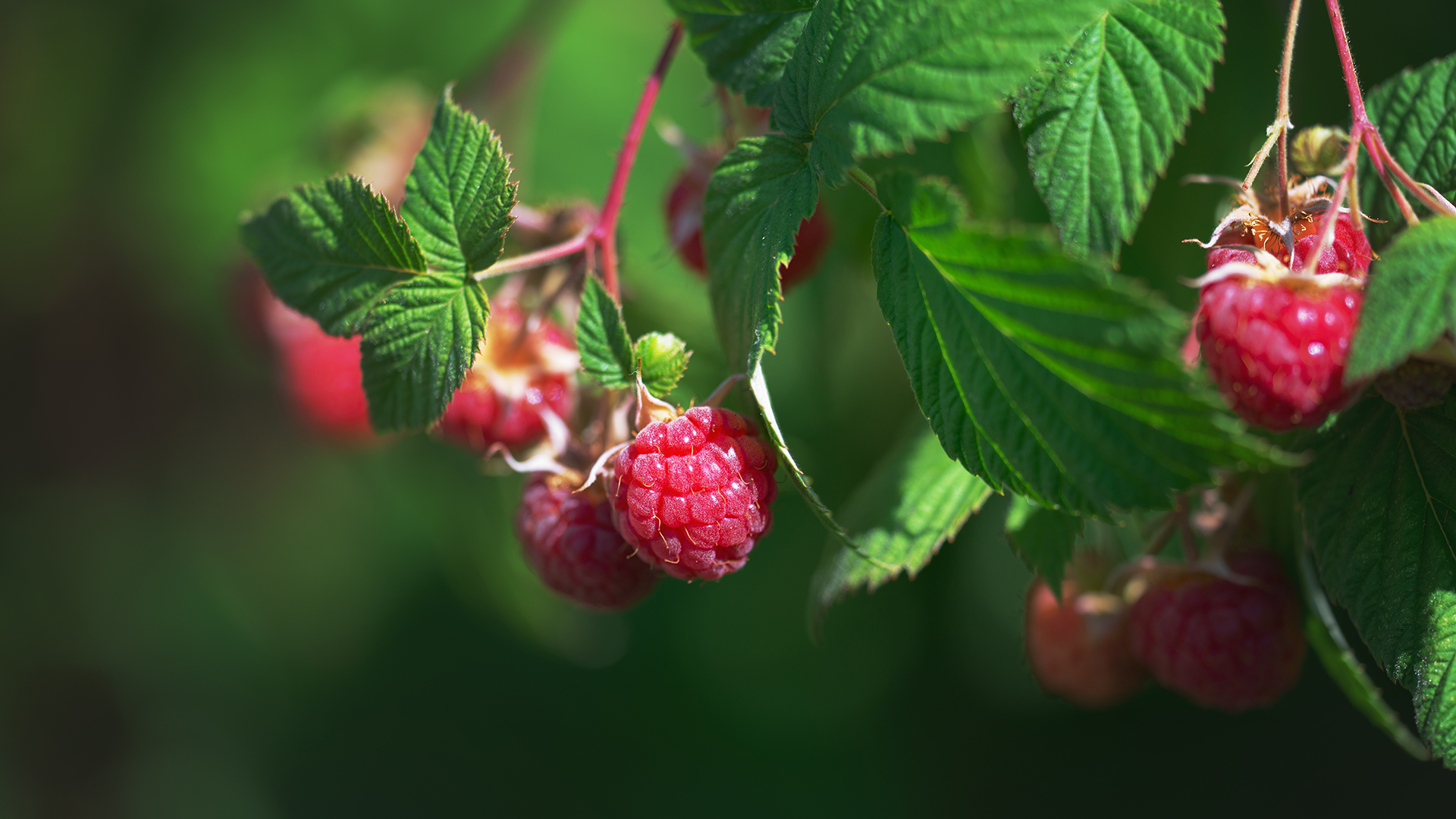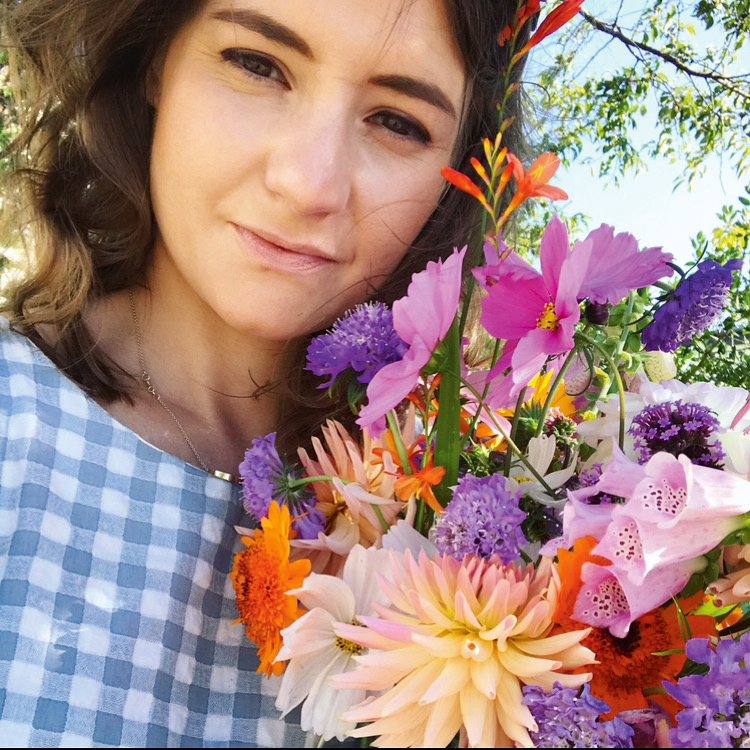How to prune raspberry bushes
Learn how to prune raspberries – both summer and fall fruiting varieties – to ensure a bumper crop


Pruning raspberry bushes and canes is important in order to keep the plants fruiting well and disease-free. It’s hard to beat the flavor of a freshly picked raspberry, and they are fairly easy to grow, but they must be pruned annually to ensure a good crop of large, tasty berries to harvest. It doesn’t take long once you know how and it can make a real difference as left unpruned, raspberry canes can become overcrowded and the plant may eventually die off.
How you prune raspberries bushes will vary depending on what type of raspberry plant you have planted amongst your other kitchen garden ideas. There are different kinds – summer-fruiting (June to August) and fall-fruiting (late summer to November); both require different pruning treatments.
How to prune raspberry bushes

‘With raspberries, it's key to identify whether your plant fruits on first or second year wood. If it fruits on first year wood, you can cut all stems down to the ground every year,' explains George Escot of Primrose.
'If it fruits on second year wood, you have to identify what stems are first and second year – green and brown wood respectively. The simple way to do this is just to prune any stem that has fruited to the ground. You can cut all stems down to the ground every year after it has fruited.’
How to prune summer-fruiting raspberries
Summer fruiting raspberries fruit on second year growth, this means that you need to be selective when pruning to take care not to cut back all the new canes as these canes will bear your fruit next year.
This step by step guide will help you learn how to prune summer-fruiting raspberries for a bumper crop the following year.

1. Cut back fruited canes
After summer raspberries have fruited, cut all the old brown canes to the ground.
Design expertise in your inbox – from inspiring decorating ideas and beautiful celebrity homes to practical gardening advice and shopping round-ups.
2. Thin current year canes
At this stage the canes of the current year’s growth can be thinned to encourage a healthier, stronger plant with larger fruit. To do this select the best six canes from each plant and remove the rest. Tie the six best canes into your supporting structure, spacing each came around 10-15cm apart. They should be around 90cm high.
3. Remove damaged canes
At the same time any damaged or weak canes, or those can be removed as this will help maximize light and airflow between the remaining canes. You should also remove any suckering canes more than 22cm from the row.
4. Trim in spring
In the spring the raspberries can be trimmed to around 15cm above the top wire of your support system, removing any frost damage.
How to prune fall-fruiting raspberries

Unlike summer-fruiting raspberries, fall-fruiting raspberries fruit on current year growth; this means that once the bush has fruited all the canes can be cut back to ground level ready to regrow in spring. This should be done between November and February.
Pruning newly planted raspberries
Summer fruiting raspberries should be planted in winter in bare root form. Once they are planted the canes will need to be pruned back to a bud at about 25cm tall. In mid-summer, once new canes are established, cut back the canes shortened when planting to the ground.

When to cut raspberries back
After raspberries have fruited the fruiting canes should be cut back to ground level. With summer-fruiting raspberries this will be in August time, but for fall-fruiting raspberries it will be later as they fruit from late summer up until November.

What happens if you don't prune raspberries?
Raspberries do not like being overcrowded as this will mean they have to compete for nutrients, water and sunlight. If left unpruned the canes will become weaker and the fruit will be small. ‘If you fail to prune in winter, plants will fruit in both summer and autumn but with less enthusiasm,’ says Anne Swithinbank of Amateur Gardening.
It can be tempting not to prune when you see strong growing canes, but you need to be ruthless, advises Monty Don on Gardener’s World. ‘It’s always really difficult when you have lovely straight growths, but experience shows that you don’t get any more fruit if you have more canes per plant, the root system can only support so much growth, so by thinning them out you you’ll get better fruit next June, so be ruthless.’

Do raspberry bushes need to be cut back?
Raspberry bushes do need to be cut back if you want them to produce as much fruit as possible and for them to have a good chance of remaining disease-free. To prune your bushes correctly, though, it's important to know the right time for when to prune raspberries, depending on whether they are summer- or fall-fruiting.
How tall should raspberry canes be?
Raspberry canes should ideally be around 4 to 6ft tall.
How can you tell whether your raspberries are summer- or fall-fruiting
Other than the obvious – that summer-fruiting raspberries will produce fruit in June/July and fall fruiting raspberries will produce fruit in September – you can sometimes tell the difference between the two by branching: second year raspberry canes are branched, first year canes aren't; and by color: second year raspberries are often paler than first year raspberries.

Pippa is a contributor to Homes & Gardens. A graduate of Art History and formerly Style Editor at Period Living, she is passionate about architecture, creating decorating content, interior styling and writing about craft and historic homes. She enjoys searching out beautiful images and the latest trends to share with the Homes & Gardens audience. A keen gardener, when she’s not writing, you’ll find her growing flowers on her yard for styling projects.